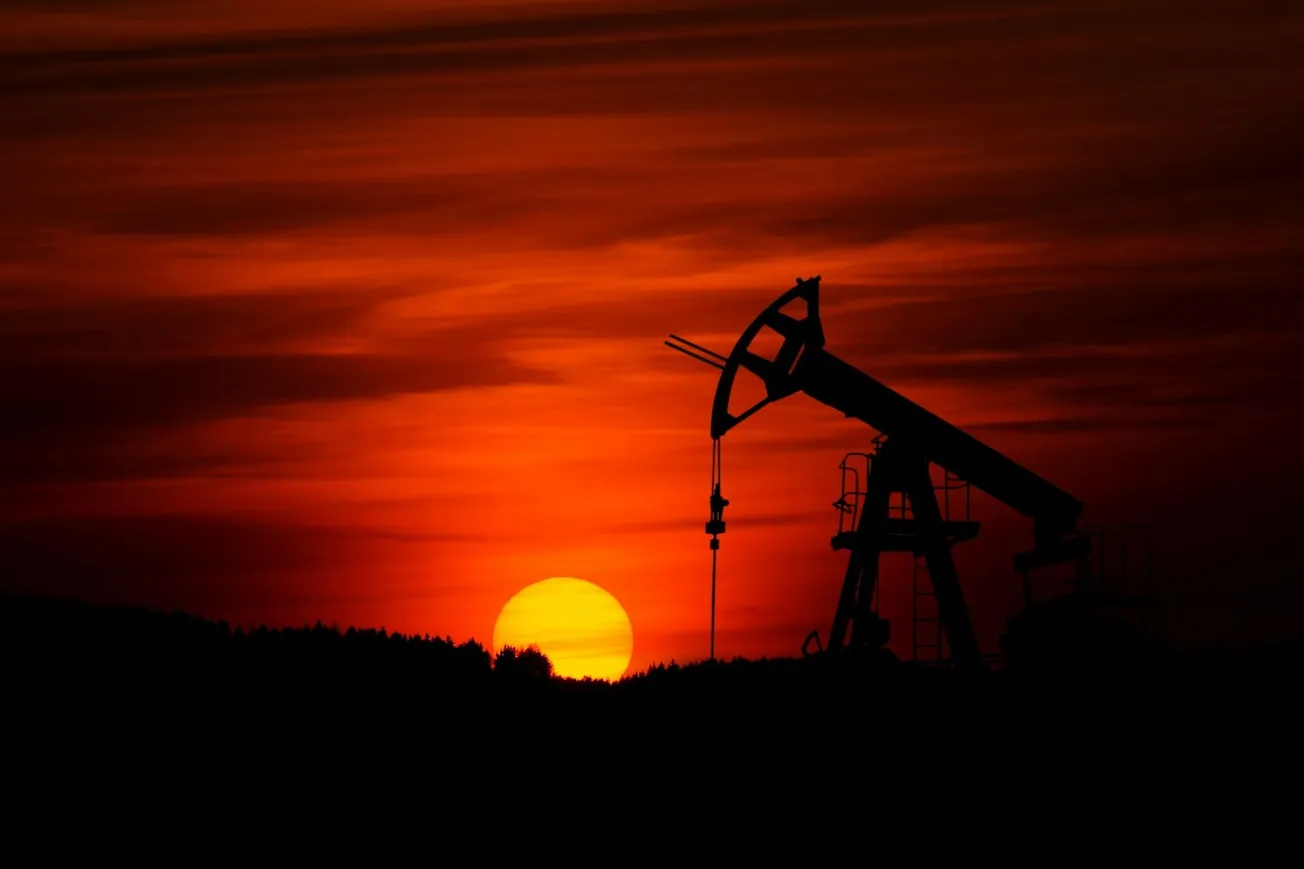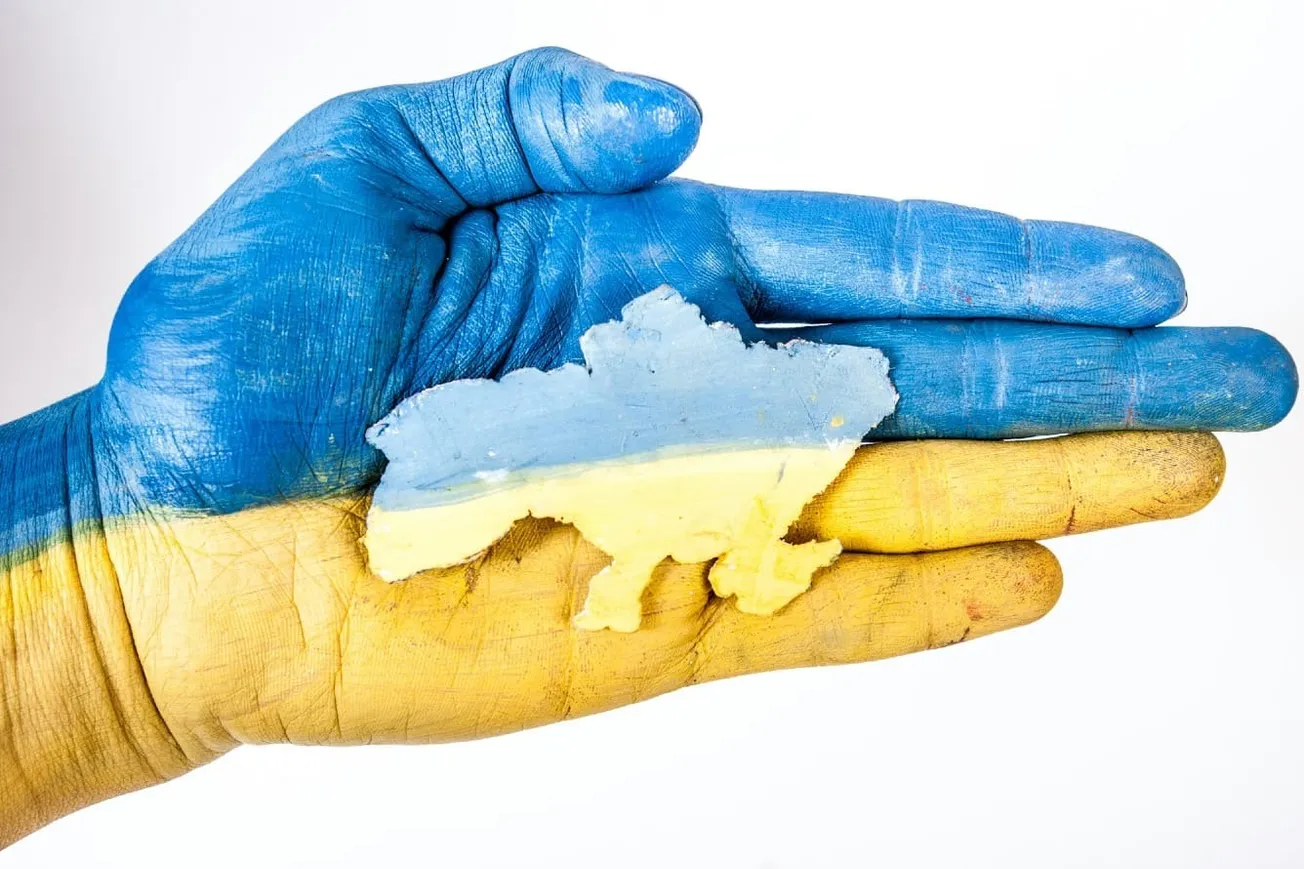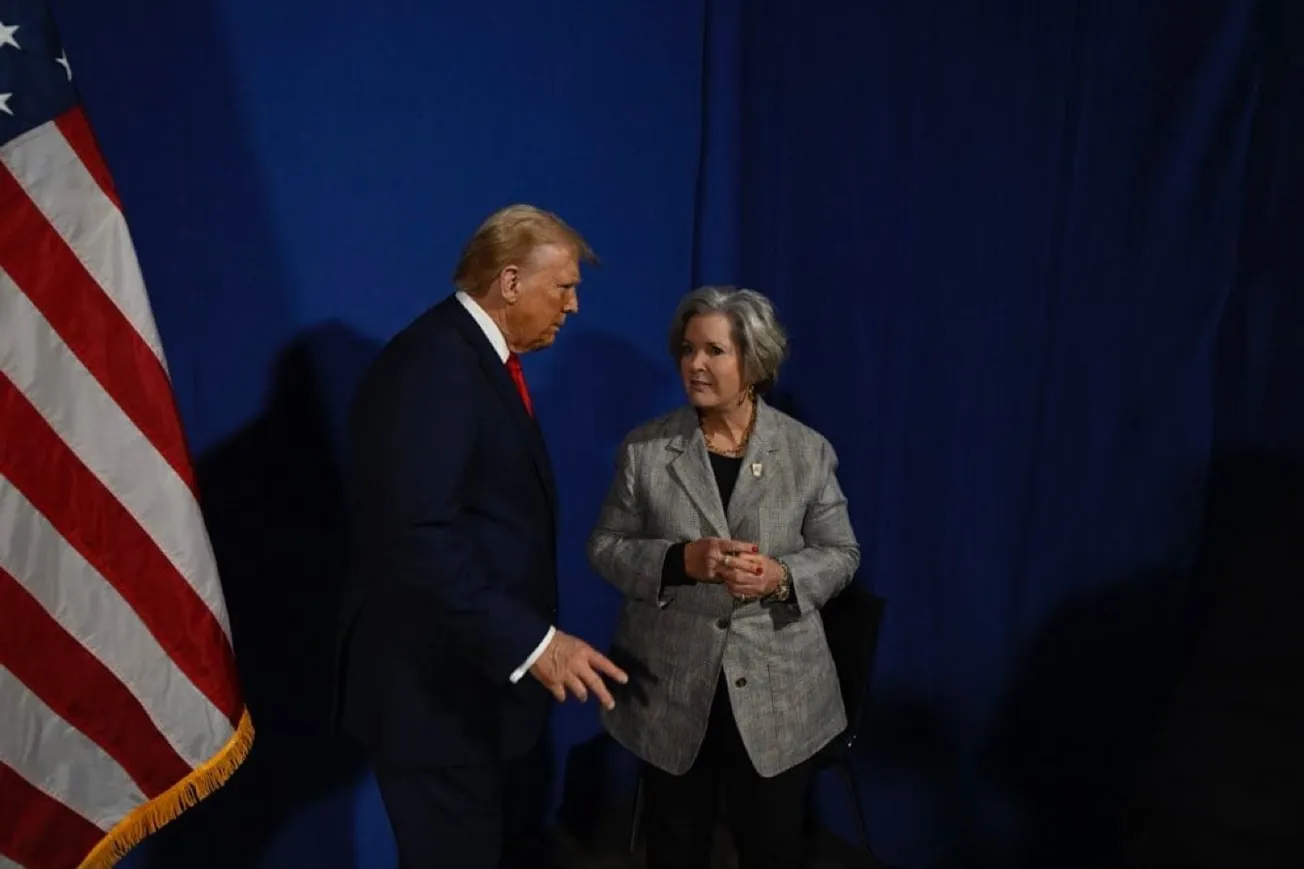Consumer prices in the 20 countries using the euro currency increased in April, extending the squeeze on households. Core inflation, which excludes volatile food and fuel, slowed slightly.

The harmonized consumer price index jumped 7% in April from a year earlier, up from the annual rate of 6.9% in March, the European Union statistics agency Eurostat said Tuesday.
Food, alcohol, and tobacco price inflation eased a little, falling to an annual rate of 13.6% from March’s 15.5%, while energy prices rose a more modest 2.5%.
Core inflation slowed slightly but was still high at 5.6%, underlining the expectation that the European Central Bank will press ahead with an interest rate hike in the coming days. The ECB’s target rate of inflation is just two percent.
“Our hunch is that the Bank will pull a hawkish surprise” and decide on a half-point increase, Andrew Kenningham, chief Europe economist at Capital Economics, said in a research note.
Rate increases are the ECB’s primary tool against inflation. Higher rates increase the cost of credit for consumer spending or business investment, reducing the demand for goods.
Europe’s current inflation followed high energy prices triggered by Russia’s invasion of Ukraine -- Moscow cut off most of its natural gas supplies. At the same time, Europe slapped sanctions on Russia’s crude oil shipments.








